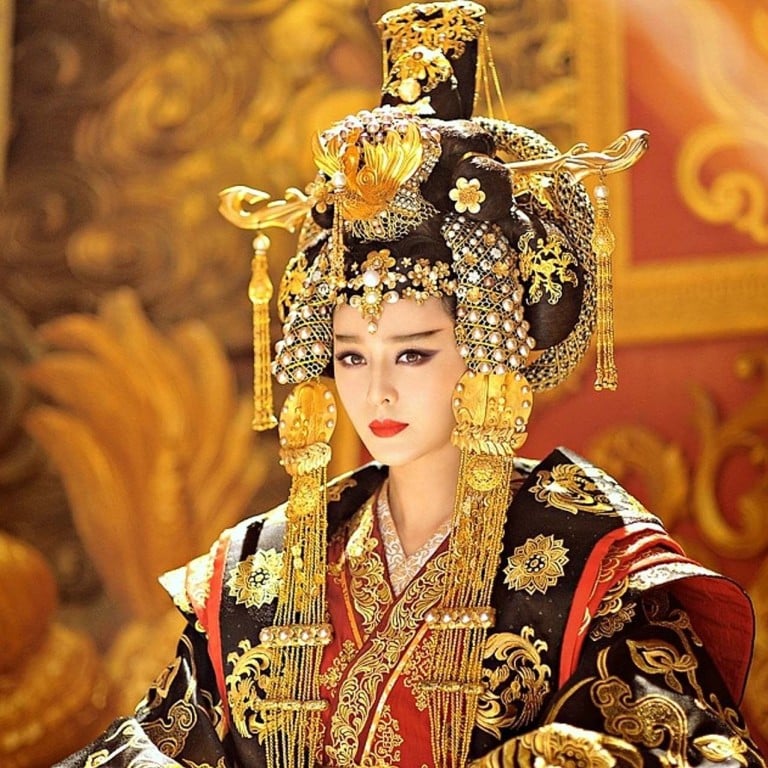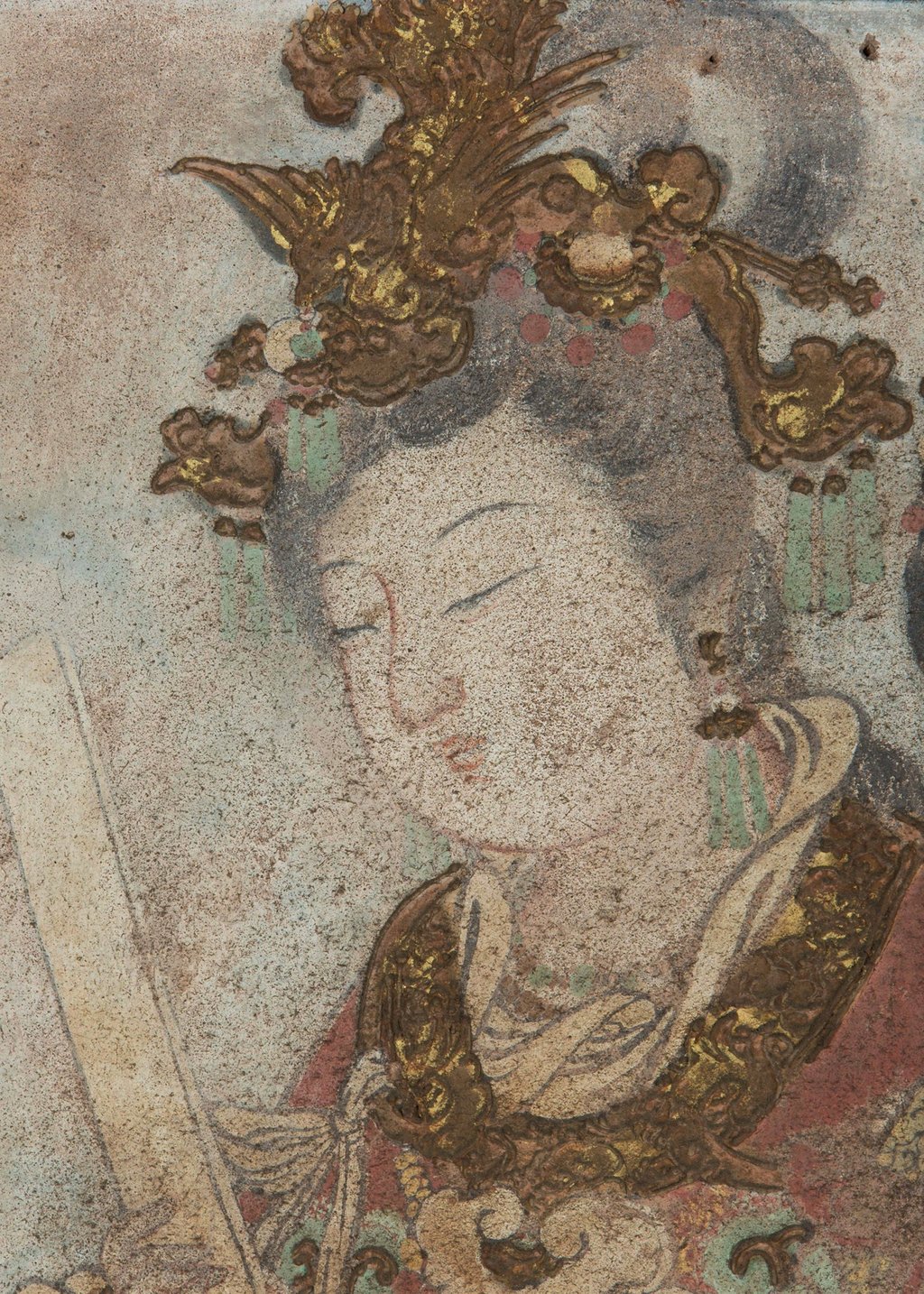Was China’s Empress Wu the richest woman ever? Played by Fan Bingbing in Empress of China, she would have had US$16 trillion today – much more than L’Oréal heiress Françoise Bettencourt Meyers

- Wu Zetian was the power behind the Chinese throne for decades, inserting and deposing her own sons as emperors, and portrayed in countless movies and TV shows
- She may have killed her own children, but she certainly reshaped China as its only female sovereign, since Empress Dowager Cixi ruled through a nominal emperor
It’s a colossal fortune, but it pales in comparison to the wealth available to China’s Empress Wu Zetian (AD624-705), who ruled the country when the economy of China accounted for around 23 per cent of global GDP. Such an individual today would control an estimated more than US$16 trillion of assets. Of course, comparisons across centuries and different eras are tricky, but given China’s wealth at the time, it’s possible to argue that Empress Wu is the richest woman to have ever lived.
Her debatable wealth aside, Wu remains one of the most fascinating individuals in Chinese history. If you believe the most critical accounts of her reign, she murdered one of her own children, deposed her sons who were emperors before her and ruled with the help of a secret police force.
Wu’s origins remain shrouded in mystery. Conflicting reports suggest she might have been born in modern Shanxi Province, Sichuan or Shaanxi. What is known is that her father was a wealthy timber merchant who developed close ties to the official Li Yuan, who would eventually become Emperor Gaozong of Tang.
Unusually for the time period, Wu’s father made sure his daughter was well educated. She read widely and, at 14, was made an imperial concubine of Emperor Taizong of Tang. In the palace she worked as a secretary, which allowed her to continue reading and furthering her education.
Emperor Taizong died in 649. Since Wu had not fathered any children with the emperor, by custom she was to be permanently confined to a Buddhist monastery following Taizong’s death. Supposedly, Wu had started a relationship with Taizong’s son, the new Emperor Gaozong, while the former was still alive. Whether true or not, he removed her from monastic life and made her his own concubine within a year.

Back at the palace, consort Wu set about consolidating her position. A fierce rivalry rapidly developed with Empress Wang as the two ladies attempted to do away with one another. In 654, Wu gave birth to a daughter who died soon after. Evidence suggested Empress Wang may have been behind the death, but such was their rivalry that some historians believe Wu killed her own daughter to frame Empress Wang, although no firm proof for this exists. A year later, Wu accused Wang and her mother of using witchcraft – an event that precipitated the empress’ fall.
In her place, Wu was made empress in 655. Within five years, Emperor Gaozong began to suffer from debilitating headaches and a loss of vision, generally thought to be related to high blood pressure. Incapacitated, he began to hand duties and responsibilities over to his educated wife and looked to her for constant advice. In a sign of the controversy surrounding Empress Wu, historian Bo Yang has suggested that Gaozong’s illnesses resulted from sustained poisoning by Empress Wu. Whatever the truth, Wu wielded considerable power. “Promotion or demotion, life or death, were settled by her word,” recorded the Song dynasty historian Sima Guang several centuries later.
Given the dubious rumours that surrounded her and her fragile position as a woman at court, Wu continually fought to maintain her influence. In many ways, she was ruthless. In 675, her and Emperor Gaozong’s eldest son, Li Hong, passed away. Once again, historians have speculated about whether Empress Wu was to blame for this death, with some saying she felt threatened by her son’s attempt to curb her power.